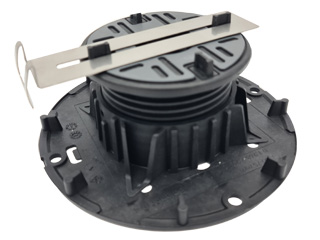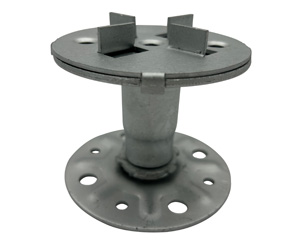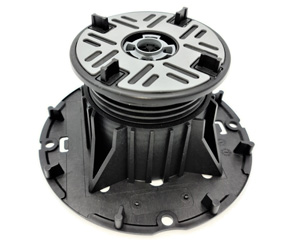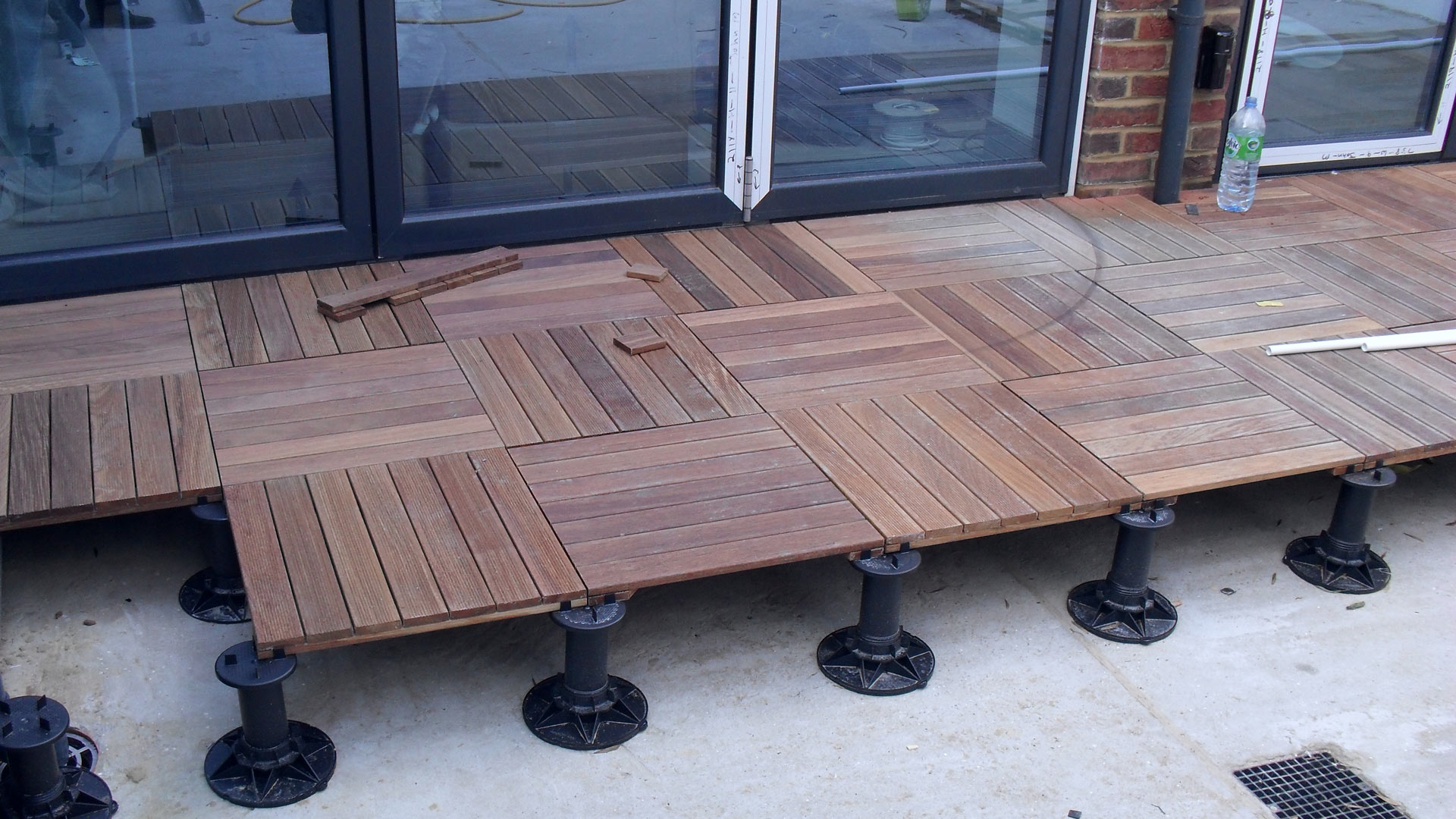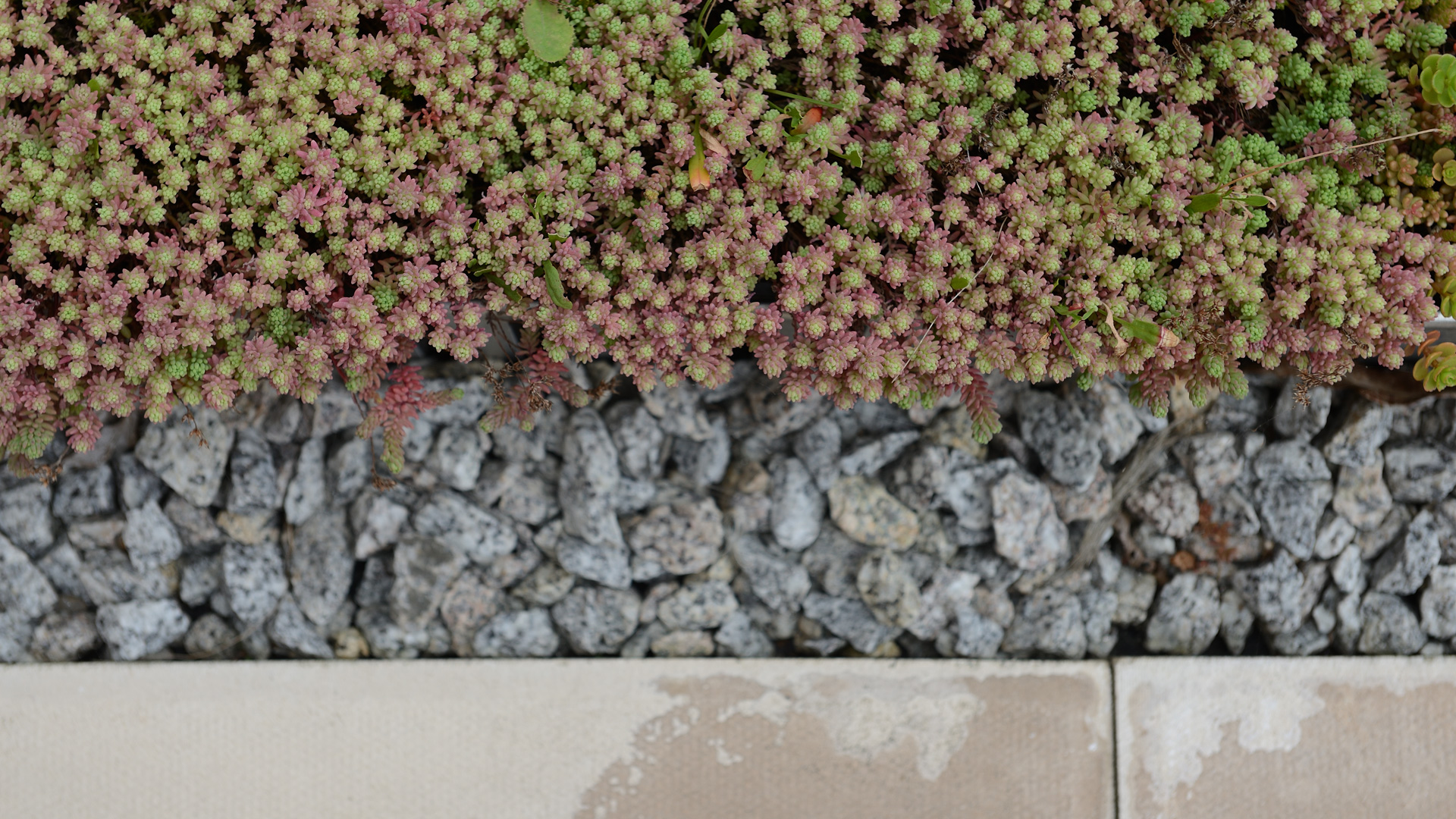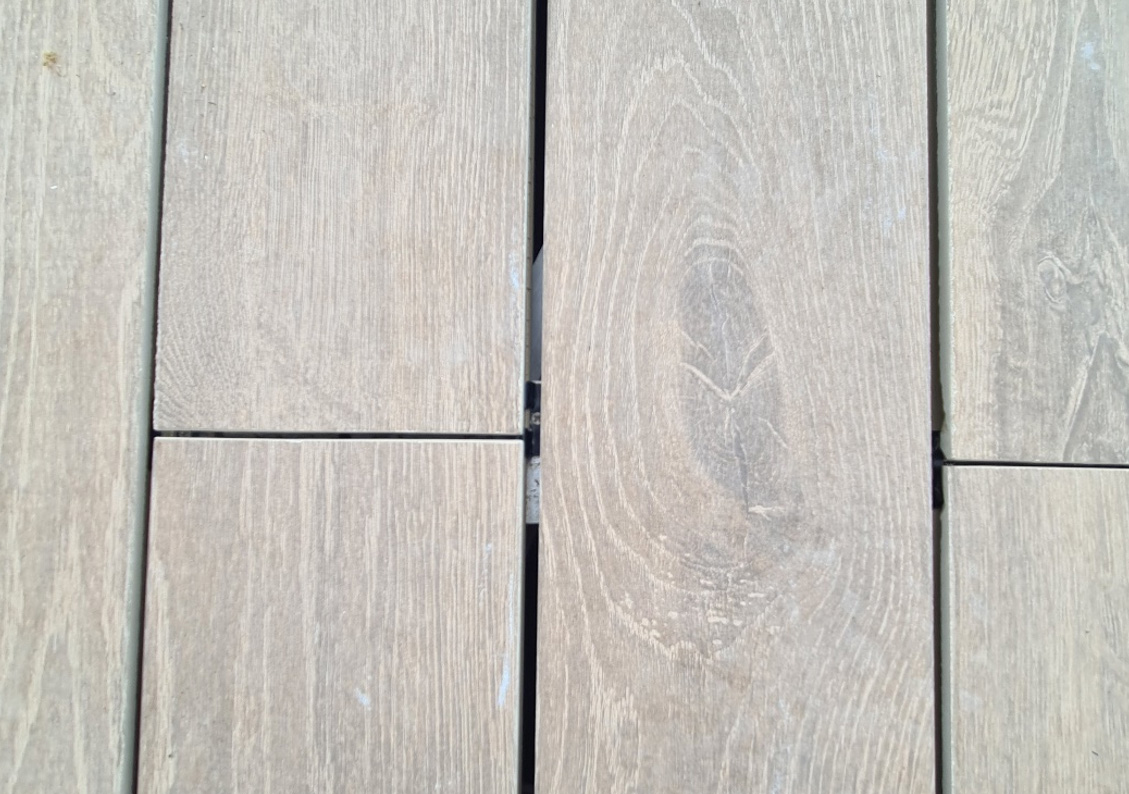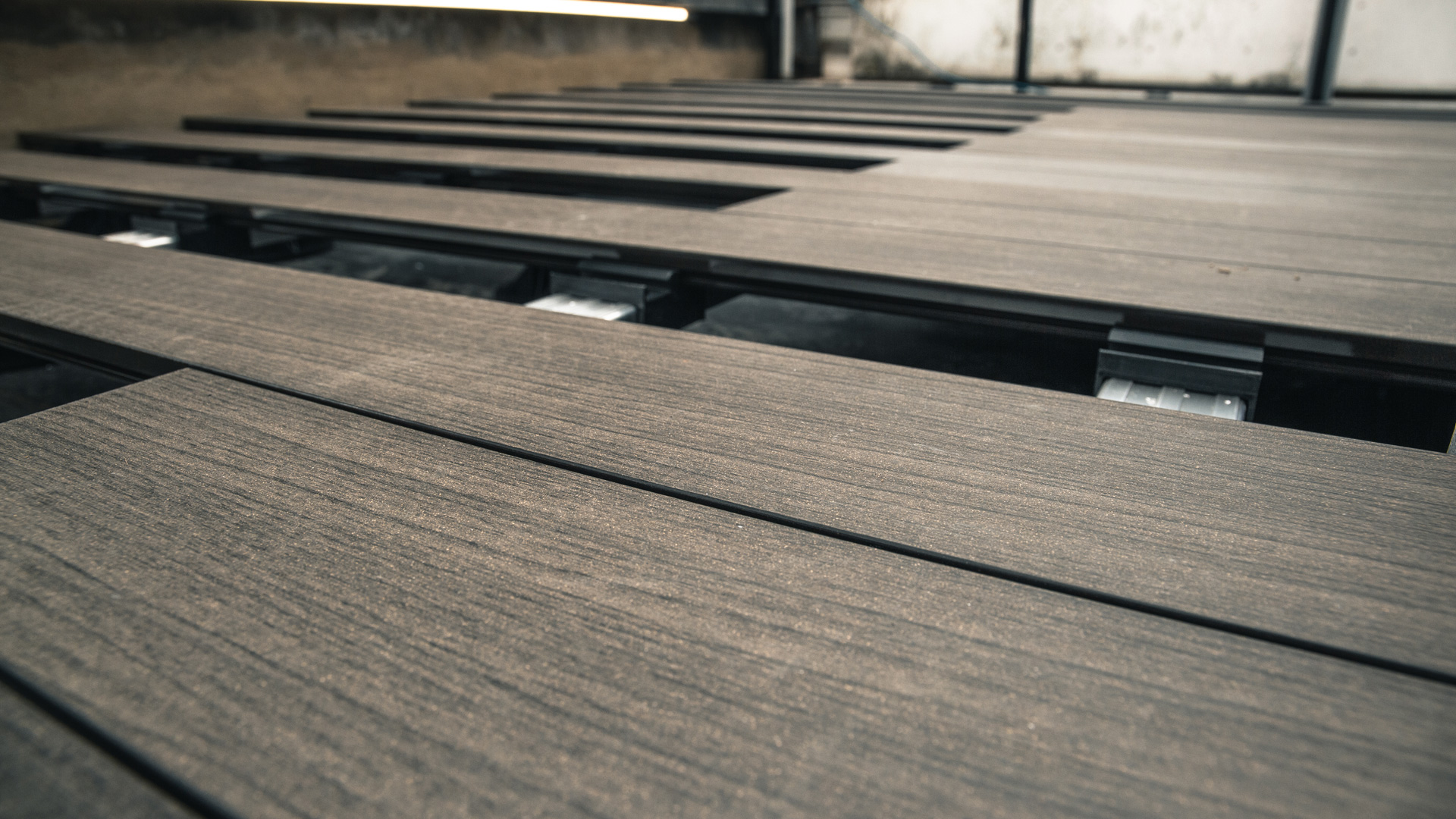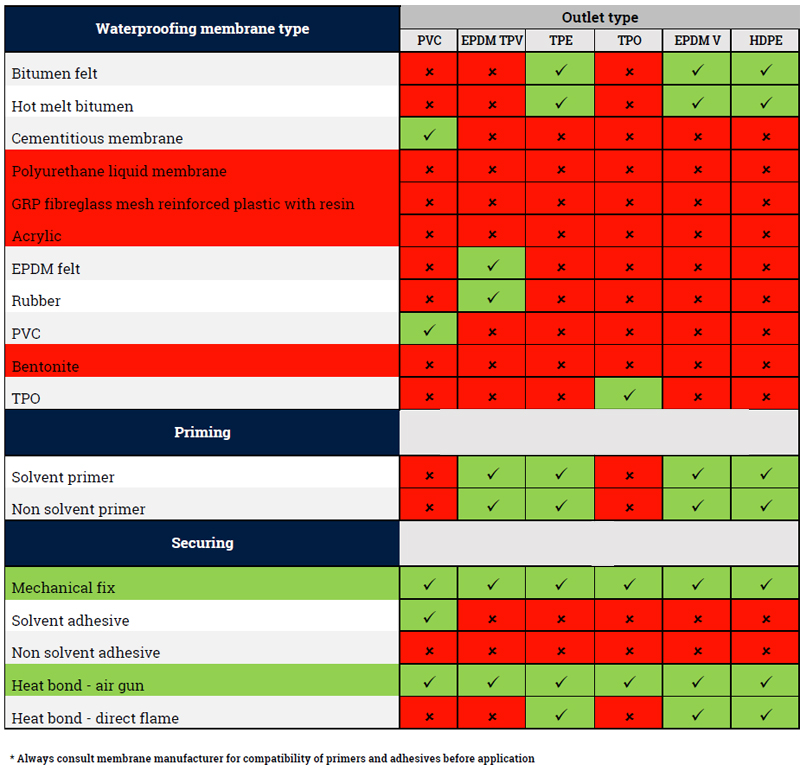Although “green roofing” sounds like a recent innovation (given the rising popularity of the green movement), the concept has been around for centuries. From the turf-covered dwellings of Scandinavia to the hanging gardens of ancient Mesopotamia, humans have long understood the value of incorporating vegetation into architecture.
These early designs weren’t just decorative — they provided natural insulation, reduced heat loss, and blended harmoniously with the environment.
Fast forward to today, and green roofs are enjoying a renaissance in cities across the UK and beyond. With growing environmental concerns, increasing urban density, and a greater appreciation for sustainable living, what was once a niche idea has become a mainstream architectural choice.
Importantly, advances in materials technology (including advances in waterproofing membranes and lightweightgrowing mediums) has made green roofing more accessible, durable, and versatile, creating an upward trend that shows no sign of slowing.
The popularity of green roofs can be traced to a combination of practical, aesthetic, and environmental benefits. Whether installed on residential homes, office blocks, or public buildings, they offer effective and cost-efficient solutions to some of today’s biggest urban challenges.
#1. Aesthetic Appeal and Urban Beauty
In a sea of grey concrete and steel, a green roof can transform a building into a vibrant, living space. Layers of sedum, wildflowers, or even small shrubs create a visual contrast that is both refreshing and soothing.
This splash of greenery improves the overall cityscape, making built-up areas feel less oppressive and more inviting. Green roofs create a rich biodiversity, attracting insects such as bees and butterflies and birds back into urban settings, an environment that they’ve long abandoned.
For homeowners, the aesthetic value extends beyond kerb appeal — a luscious green roof can enhance the property’s desirability, potentially boosting resale value. For businesses, it can project an image of environmental responsibility and modern thinking, making a positive impression on clients and visitors alike.
#2. Effective in Extending Roof Life
A well-designed green roof does more than just look pretty; it protects the building beneath it. The vegetation and growing medium act as a natural barrier against UV rays, temperature fluctuations, and heavy rainfall — all of which can degrade traditional roofing materials over time. And with increasingly colder winters and hotter summers, a natural barrier to extreme heating or freezing events can rein in the resulting utility bills.
By shielding the waterproof membrane from these elements, green roofs can significantly extend a roof’s lifespan.
The additional weight of the green roof also helps stabilise the structure during high winds, reducing the risk of damage in severe weather conditions.
To view the full article, please click here.


